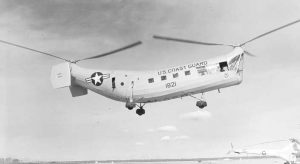
Piasecki HRP-1 “Flying Banana” (1948)
The Coast Guard acquired three HRP-1 twin-rotor helicopters from the Navy beginning in November 1948. All three helicopters were stationed at Coast Guard Air Station

The Coast Guard acquired three HRP-1 twin-rotor helicopters from the Navy beginning in November 1948. All three helicopters were stationed at Coast Guard Air Station

In 1948 the Coast Guard was called upon to provide aviation support for agents of the Treasury’s Alcohol Tax Unit. In order to avoid detection,

A total of eight Bell HTL series helicopters were used by the U.S. Coast Guard for a wide variety of duties. Beginning in May of
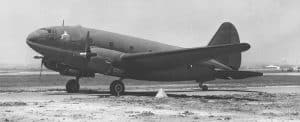
Ten R5C-1’s were delivered to the U.S. Coast Guard on mid 1947 and based at Coast Guard Air Station (CGAS) Elizabeth City, North Carolina to
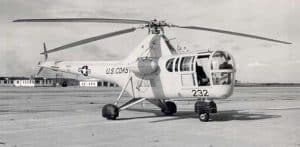
Four Sikorsky S-51 helicopters, which had been sold to small commercial operators after WWII, were returned to Sikorsky. Sikorsky had originally designed the S-51 with
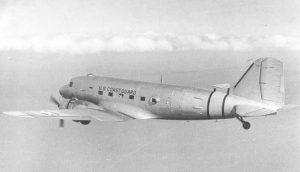
The Coast Guard acquire eight Douglas R4D-5 transport from the Navy between October 5 1946 and Jan 31, 1947.. They were used for search and
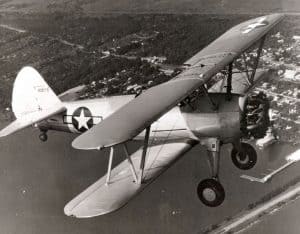
The Boeing (Stearman) Model 75 was a biplane used as a military trainer aircraft, of which 9.700 plus were built during the 1930s and 1940s.Stearman
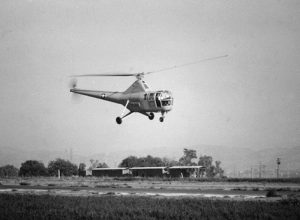
The Coast used two HO2S-1s to test and develop helicopter dipping Sonar for ASW operations. In January of 1946 LT. Stewart Graham reported to Commander
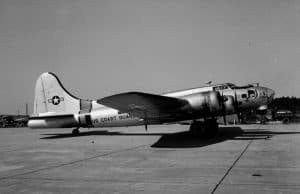
During the last year of World War II and shortly thereafter, the US Navy acquired 48 former USAAF B-17s for ASW patrol work. Initially these
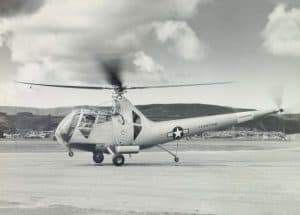
Sikorsky designed the HOS-1(R-6) as a follow on to his fabric covered HNS-1 (R-4). While retaining the R-4’s rotor and transmission system, the R-6 had